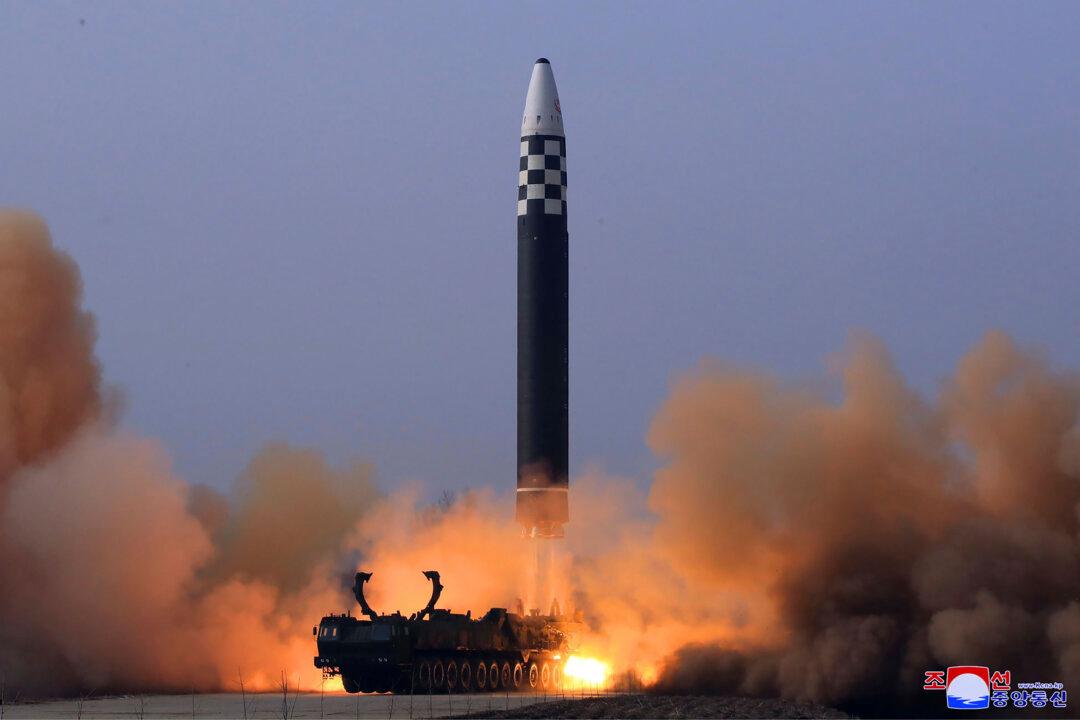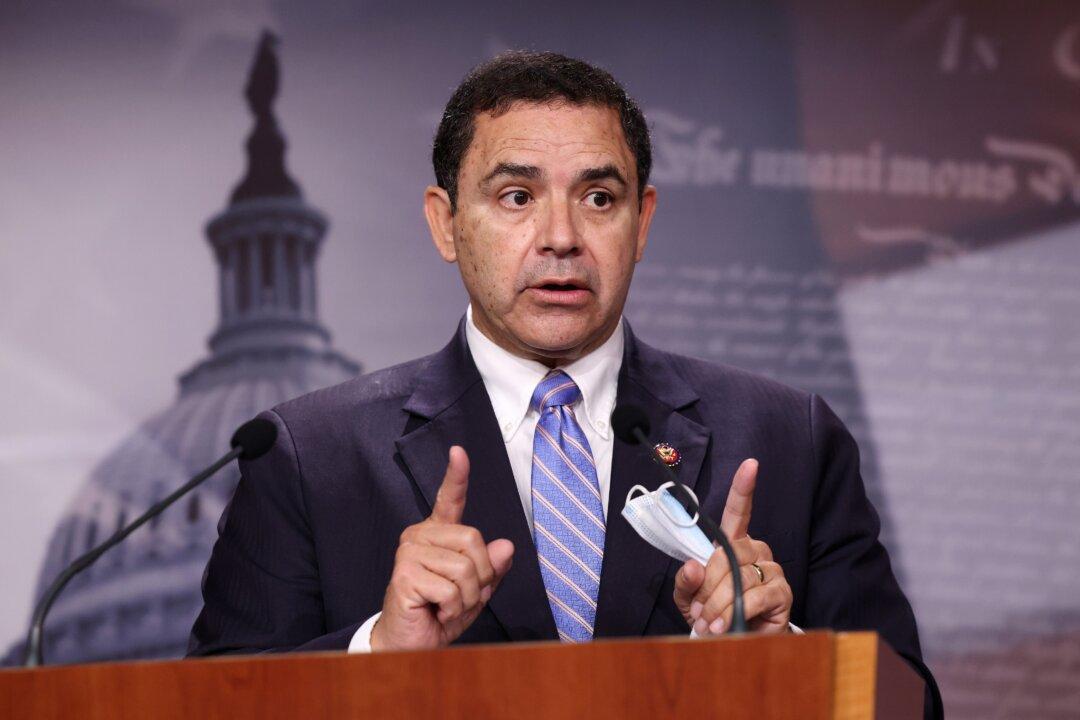North Korean state media said Thursday that Pyongyang tested a new type of intercontinental ballistic missile (ICBM) as leader Kim Jong Un ordered the hermit nation to prepare for a “long-term confrontation” with the United States.
The Hwasong-17 was fired from Pyongyang International Airport on March 24 and flew 681 miles (1,090 kilometers) to a maximum altitude of 3,905 miles (6,248.5 kilometers) before hitting a target in the sea, state media Korean Central News Agency (KCNA) said.





